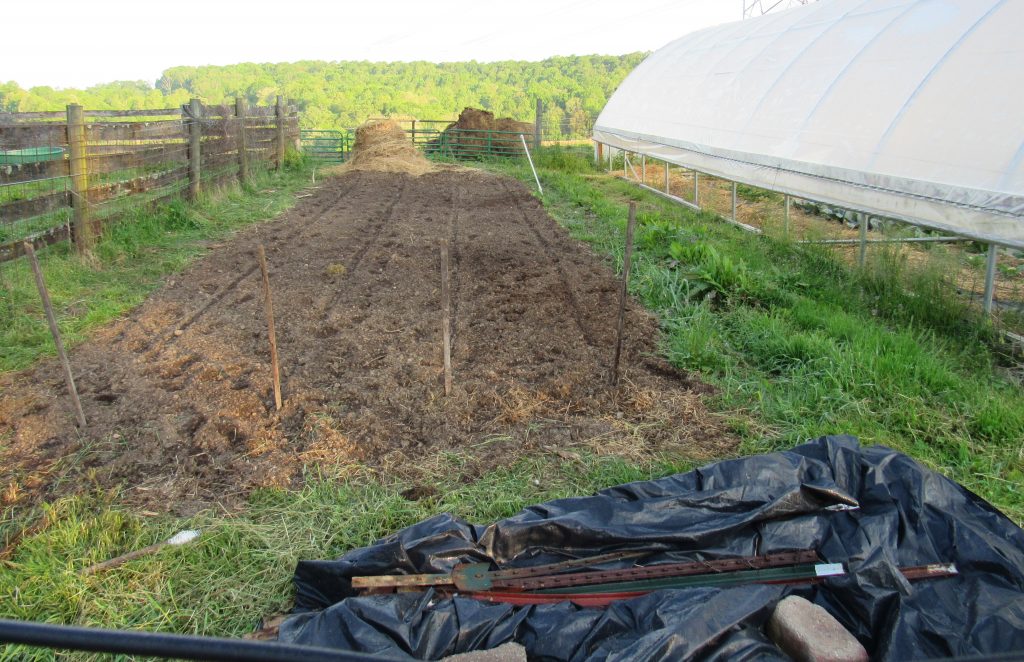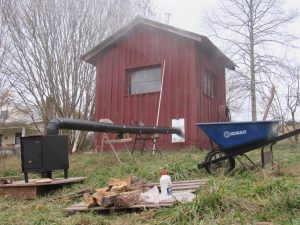Has anything changed? One might wonder if a trip down highway 36 this spring, in the midst of a pandemic, would yield a garden or two? Inquiring minds…. This piece was written in May of 2014.

storms building in the north
I spent a couple of days in the heartland this week. I flew into the Indianapolis airport and took the two lane highway 36, from Indiana into the heart of Illinois. A drive, straight as an arrow, that takes you though some of the richest agricultural land in this country. Small towns were planted every five to ten miles, even an oddly placed suburb in what seemed the middle of nowhere, and vast oceans of farmland.
Having nothing better to do with my time, I counted vegetable gardens. I counted as I drove through towns on the highway. I counted as I passed subdivisions. I counted as I passed farms by the dozens. Finishing the trip two and half hours later with a grand total of zero vegetable plots spotted. My recent digs at neighbors for not planting gardens now seem misplaced, because well over half of the homes in our valley have some sort of vegetable garden. But zero?
Now we can assume I missed plenty. But I was diligent in looking and even a casual survey should have turned up the odd patch of tilled ground behind a house or two. But I also didn’t see any small orchards or vines. Most homes in our valley sport at least a pear tree or two in the front yard.
What could account for a food desert in this landscape? Was this the curse of rich land and commodity prices? Or was it that I was simply looking at 200 miles of an industrial park disguised as an agrarian landscape. A bit like those fake Hollywood towns of yore, looks the look at first glance but nothing supporting it.
It was odd to see old farmhouses with the corn and soybeans tilled and planted up to the driveways. The houses bobbing on the landscape like lost boats at sea. Gone were the outbuildings and barns of the past, now replaced with corrugated buildings housing supplies and gargantuan equipment. No room in this landscape for the personal or something as humble as a vegetable patch or fruit tree. No need for the homestead pig or grapevine, the message is clear, this is valuable land.
Yet what explained the absence in towns of vegetable gardens? As is my wont, I’m no doubt guilty of reading too much into this simple lack of observable gardens. But vegetable gardens, a few chickens and a fruit tree or two make a statement. And their absence in our rich heartland is a statement, something darker, a yielding of ones will or culture.
Perhaps it is better to farm or garden on land that requires a bit more struggle?
………………………………………………………………
Reading this weekend: Living in the Long Emergency (Kunstler). The just published update to his 2005 bestseller. A concise overview of “where we are”. Although, since the work was written just before the pandemic, one imagines the author wishes to have been able to add an addendum.




